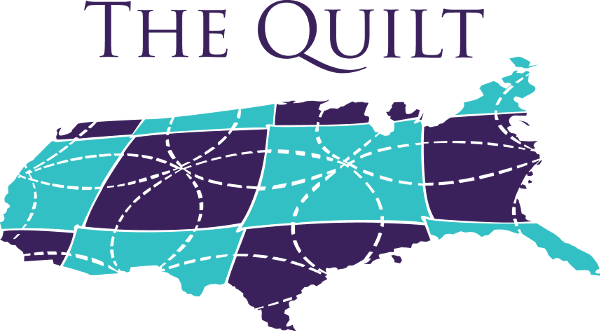Sixteen years ago, the FCC established the Schools and Libraries Universal Support Mechanism, or E-Rate, to bring advanced services to schools and libraries across America. The program represents the federal government’s largest education technology program. While the program has been a success, technology has changed significantly since the inception of the program and we support the FCC’s current efforts to modernize it.
In June 2013, the FCC initiated a thorough review and modernization of E-Rate built around three goals: increased broadband capacity, cost-effective purchasing, and streamlined program administration. That same month, President Barack Obama made a stop in North Carolina to announce the ConnectED initiative, a plan to connect U.S. schools and libraries with broadband Internet connections of at least 100 Mbps with a target of 1 Gbps within five years.
Recently, President Obama announced plans for an immediate down payment on ConnectED with private-sector support and an additional $2 billion from E-Rate to connect 20 million more students to next-generation broadband and wireless in 2014. The current effort to modernize E-Rate is critical to the success of schools and libraries in fulfilling their missions. The Quilt and its members are active in program modernization efforts at the local, state and national levels.
An estimated 72 percent of public schools today the broadband speeds necessary to fully access the Internet, according to California-based nonprofit Education Superhighway. While 99 percent of public schools are connected to the Internet, they lack the high-speed connections necessary to support the explosion of devices — laptops, tablets, smartphones — and education applications to make full use of the Web in the classroom. Further, for some schools around the country, Internet connectivity has not yet reached the place where the greatest benefits would be realized: in the classrooms.
The Research and Education (R&E) networking community has focused on improving connectivity for K-12 schools for years, and we are encouraged by the national attention and funding opportunities that will invest in improved bandwidth connectivity to support education. As more schools adopt new learning models powered by blended and online learning, an updated E-Rate will provide more opportunities for schools, libraries and others to secure essential broadband access and services.
Another recently announced and important opportunity that will benefit rural schools, libraries and health care sites without access to affordable, adequate bandwidth is the rural broadband experiments announced in late January as part of the FCC Order for IP-Transitioning and the Connect America Fund.
These experiments provide the opportunity for R&E networks (and other non-telecom entities) to submit expressions of interest for last-mile broadband projects to connect schools, libraries and health care sites. The FCC notes that rural areas have greater poverty, lower broadband adoption, and greater economic challenges in the build-out of broadband-capable infrastructure than in other areas of the country.
The R&E networking community looks forward to continuing to contribute its leadership, experience and expertise in serving and connecting schools and other community anchor institutions to these national discussions and initiatives focused on improved broadband technology for education.
